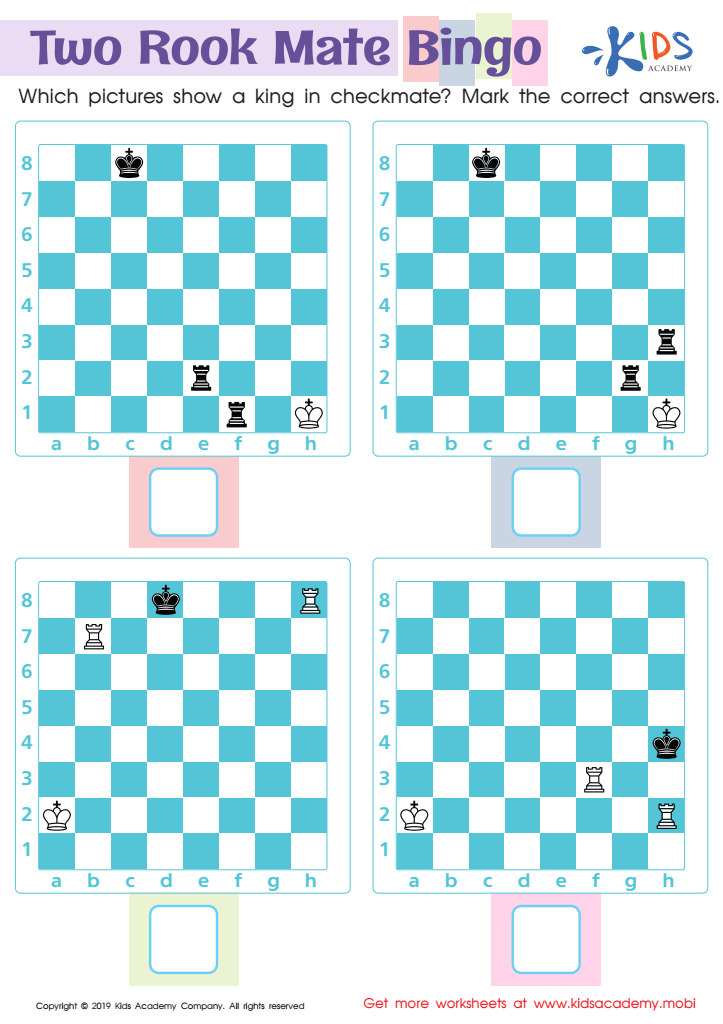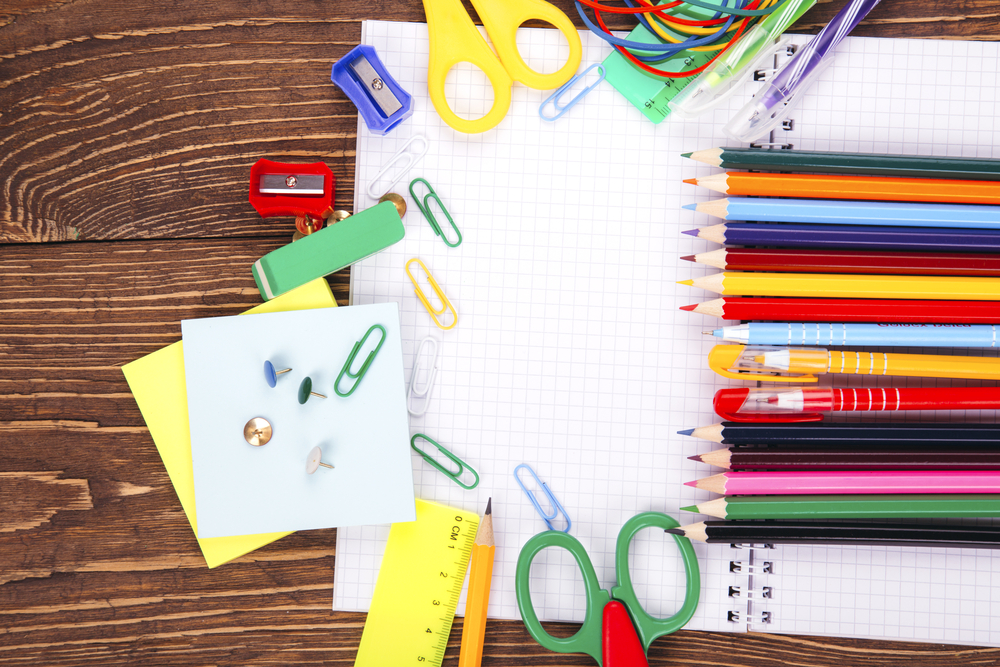Fine motor skill development Worksheets for Kids
1 filtered results
-
From - To


Two Rook Bingo Worksheet
Question/Answer
What are some effective activities to train students’ Fine motor skill development skill when teaching them about Chess?
Effective activities for training fine motor skills in chess include practicing piece handling by setting up and clearing the board, performing piece movement drills to learn correct finger grips, engaging in timed challenges to place pieces on specific squares, and using miniature chess sets to encourage precision. These activities enhance dexterity and control, crucial for chess piece manipulation.
How does the mastery of the Fine motor skill development skill affect a student's performance at an early age?
Mastery of fine motor skills at an early age significantly enhances a student's performance by improving handwriting, enabling better grip and control of writing instruments, facilitating precise hand-eye coordination, and supporting daily tasks like cutting, drawing, and buttoning. This development fosters independence, boosts confidence, and enhances learning readiness, directly impacting academic success and classroom participation.
How to test a Grade 1 student’s Fine motor skill development skills?
To test a Grade 1 student's fine motor skill development, observe their ability to perform tasks such as correctly holding and using scissors for cutting, drawing shapes and letters with control, manipulating small objects like beads, using a pencil for writing with proper grip, and buttoning or zipping clothing. These activities provide insight into their fine motor coordination and dexterity.
 Assign to the classroom
Assign to the classroom











